For two weeks now, Google Instant has been open for non-logged in users, meaning that it is now widely available in Germany. How has this affected search behavior and what should search marketers be expecting? A few facts and figures, partly following from the Google Instant American launch in January this year.
What does Google have to do with coffee?
First and just quickly: what exactly is Google Instant? It is, in fact, the significantly improved successor to Google Suggest, which Google has employed for the last few years to suggest search terms as users typed them in. But, Google Instant goes significantly further by showing search results (almost) in real-time for every word combination displayed in the search box. This can lead to a rapid change in screen contents, as if the search engine has had a little too much caffeine.
If you enter the word “AUTO” for instance, with each character you will see the search results for “A” followed by “AU”, then “AUT”, and finally “AUTO”.
As we can see from the above example, the search term with the highest search volume does not always enjoy the top spot – the ratio of the phrase “auto” to “autoscout” is 83 million to 4 million. But, we’ll go into this more a little later.
In any case, Google Instant is so skillfully programmed that ads are displayed between the search box and the first organic search result. This is so that the existing search results are not obscured. From an engineering perspective, you can only congratulate Google on this one.
However, managing AdWords advertisements with Google Instant is now more complicated. Obviously ads will be displayed on the rapidly emerging results pages and they will still be counted as impressions. However, this is only the case when the user clicks somewhere on the page, when they hit return to confirm a search query, or when the entry is not changed for three seconds. So beware, this could significantly change the overall number of impressions, which can affect the overall performance of a campaign. Pros and cons…
Gains and setbacks for top positions
First of all, Google Instant naturally has a significant influence on users’ click behavior. All the same, depending on screen-size and resolution only one or two search results can be seen while a query is being entered, whereas before it was between four and seven. Furthermore, we can assume that through these usability changes, secondary results pages will no longer be viewed because the user only has to type a little more to find more detailed search results.
A study from Rankabove in the USA concluded that while the Click Through Rate (CTR) for position #1 barely changed, the subsequent positions on the first page gained significantly and the following pages fell sharply.

The following image shows individual positions on the first page:
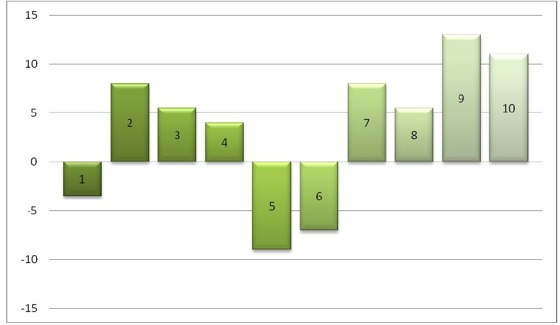
An additional study from the USA confirmed this by assessing eye-tracking for the new search results in comparison to the previous SERPs:
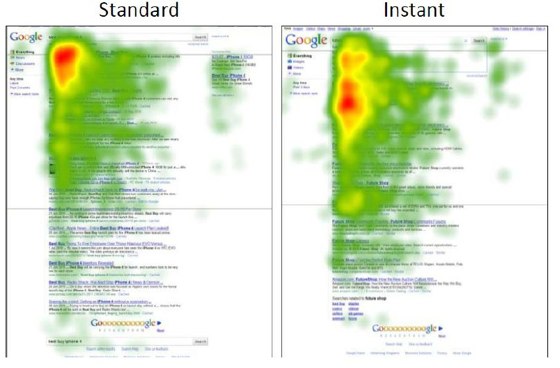
User eye contact was more widely dispersed, substantially so, as might be expected from the location of the Instant Box beneath the search box. This is good news for the lower positions on the first page. But, as the clear break below suggests, this is bad news for results on the following pages.
Google Instant: shortening the long tail?
As a second hypothesis, you could argue that the user is happily ‘diverted’ by the suggestions and clicks more rapidly on search terms with fewer characters or words. In fact, the study arrived at exactly these results:
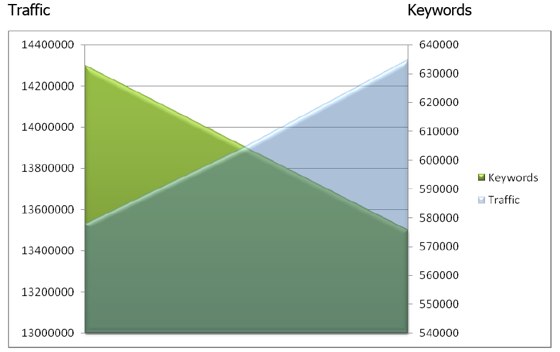
Fewer keywords are now receiving more traffic – and the long tail loses. Here, it seems that the trend was set by the Mayday Update just over a year ago.
Universal Search wins!
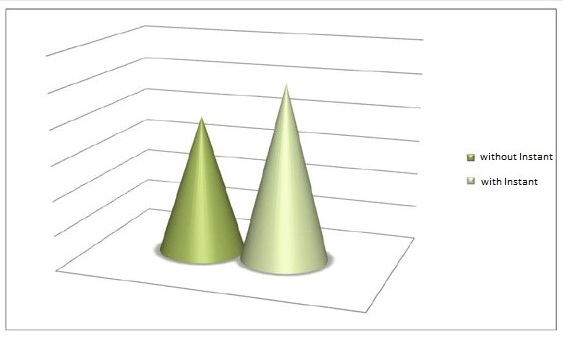
Universal Search integrations evidently offer a particularly large distraction. By this, I mean the snippets of images, videos, maps, etc. that appear in search results. These seem to have a particularly strong attraction for Instant Search users. Here is a comparison of the increased number of clicks for videos in search results:
And one more general trend for Google: a preference for brands
We have gone through the Instant Search from A to Z in English and in German, and there is an even stronger trend toward labels and brands. Sometimes they even win twice because instead of simply seeing “Amazon” displayed for the letter “A”, we see “amazon.de” as well. For the example of “AUTO” above, we also have “autoscout”, “autoscout”, and “autoscout24″:
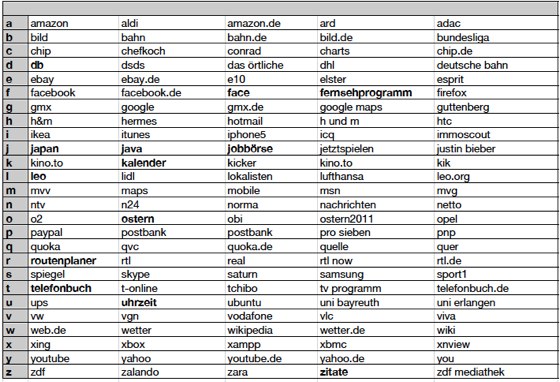
With the ‘double’ suggestions, we can probably suppose that Google has established an unintentional dominance in the search results, and it is likely that this won’t be fixed. In any case, these ‘doubles’ are less common in the USA.

However, in the English-language Google as in the German language search, an extremely strong focus falls on brands, websites, and names. Since this cannot be explained with pure data alone, we have to assume that this is a part of Google’s general trend. This can be seen in the evaluation of links and the preference for brand sites.
Conclusion: what online marketers can do
Anyone who wants to play an important part in the search results for the now fully rolled-out Google Instant should consider the following tips:
- Only the first page counts: now more than ever before, it is important to optimize threshold keywords on the second page and boost them up into the first search results page. Results lower than tenth place will almost never be chosen by users.
- More images, more videos, more places etc.: it is even more important to offer and optimize for rich media content. These snippets immediately draw a user’s attention.
- Brands win: anyone who already has a strong brand should make sure that each page is cleanly optimized for that brand, and anyone who doesn’t yet have a strong brand has to work hard to become one.
- Convince users: obviously, users prefer to click on ‘related’ results and won’t just jump on the first thing they see. Therefore, optimizing snippets using title tags and descriptions can lead to higher click rates.

